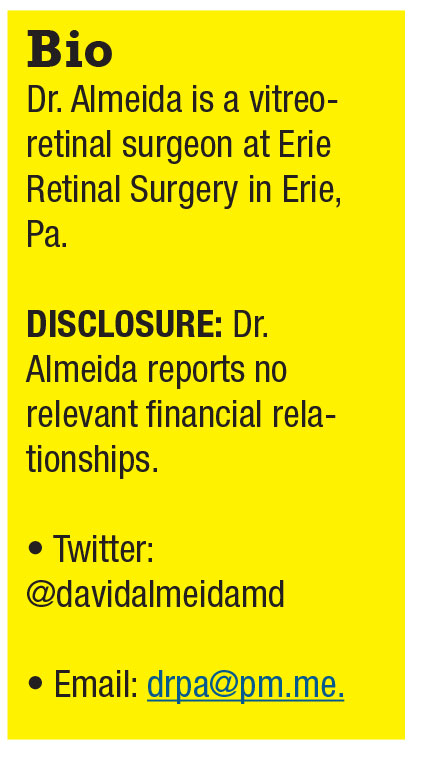Sooner or later, to your surprise or dismay, you will be the subject of a negative online review. Whether it’s on Yelp, Facebook or one of the specialized physician-rating websites, unhappy patients have a multitude of ways to express their dissatisfaction. Much as a diner can spit vitriol at a poor restaurant meal, patients now commonly use online reviews to voice opinions of their medical professional.
Don’t ever respond online
A ProPublica/Washington Post investigation reviewed 1.7 million patient Yelp public reviews and found dozens of instances where a negative patient review or comment was followed by a response from the respective medical professional.1
Don’t ever do this! Any public response from you, as the confidential treating physician, violates patient privacy. Multiple court proceedings show that when patient privacy is violated in such a manner, physicians lose out. Negative reviews will occur. Don’t react carelessly.
 |
How to engender positive reviews
Although the literature is limited, evidence shows patients are more likely to leave positive reviews if they’re content with the physician encounter and outcome.2,3
A personable and kind bedside manner, a feeling of having been well treated by office staff, accessible parking and well-kept waiting areas all contribute to the likelihood of a positive patient review. A prompt from the physician or staff is also associated with a higher likelihood of a positive patient review.
On the other hand, the main reason for a negative patient review is any type of miscommunication (which is also the primary reason for medicolegal action). Effective patient communication is critical, from check-in to how the billing department handles benefits.
Other reasons patients leave negative comments include poor bedside manner, abrupt service, unfriendly office staff, long delays and cramped waiting areas.
How to approach negative reviews
So, what’s the best way to respond to a negative patient comment or review? First, review the patient experience to ascertain what likely transpired. This will help you and your staff mitigate future occurrences. If you feel the review is fraudulent (e.g., posted by a competitor or personal contact for spite), you can flag and report it.
Second, and I repeat: Don’t reply online! After reviewing the record, you may feel you are “in the right.” Fight the temptation to leave any comment, given the potential for privacy violation and subsequent lawsuits.
Third, fostering good communication with the unhappy patient and resolving the underlying issue is always the best possible outcome. A simple phone call is sometimes all that’s needed.
One negative review will not destroy your practice. Don’t shy away from online reviews. Continue to ask your patients to rate and review you online because, in most cases, reviews are positive. The overwhelming number of positive reviews will dilute the few negative ones. Having a sign in the office asking patients to leave a positive review is a simple approach that doesn’t require any additional face time or staff involvement. A proactive approach for positive reviews may be the best way to deal with negative ones. RS
REFERENCES
1. Henry TA. How to respond to bad online reviews. American Medical Association. Updated September 2, 2016. https://www.ama-assn.org/delivering-care/patient-support-advocacy/how-respond-bad-online-reviews Accessed March 1, 2019.
2. Sanati-Mehrizy P, Margulies IG, Sayegh F, Ingardiola MJ, Taub PJ. The “RealSelf Effect”: Can patient reviews on social media impact clinic volume? Ann Plast Surg. Published online February 27, 2020.
3. Cheshire WP. Autonomic medical practice viewed through the lens of physician-rating websites. Clin Auton Res. Published online January 17, 2020.



